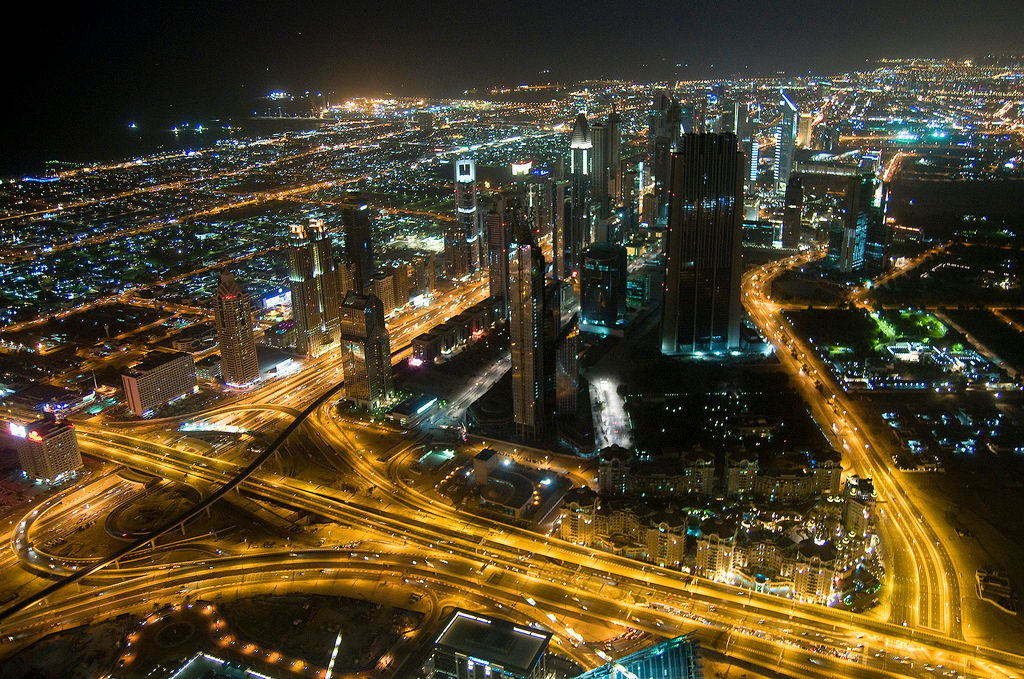First it was the world’s tallest building, then a hotel shaped like a sail. Now, even before work has finished on its palm tree shaped archipelago of luxury properties, Dubai has unveiled plans for its biggest project yet – the world’s largest shopping centre inside a “climate-controlled city”.

Heralded as the first “temperature-controlled, pedestrian city”, the 48m square feet Mall of the World marks a return to the headline-grabbing mega projects that set the desert state apart until its extravagant progress was halted by the global financial crisis.
Unveiled by Dubai’s ruler Sheikh Mohammed bin Rashid al-Maktoum – and to be developed by his own company – the mega-project will include the world’s largest theme park, more than 100 hotels and apartments, a shopping district modelled on London’s Oxford Street and a theatre area inspired by New York’s Broadway. Protected from the 40c heat, the 180-million hoped-for annual visitors will be able to walk around the city on four and a half miles of traffic free promenades.
“We plan to transform Dubai into a cultural, tourist and economic hub for the two-billion people living in the region around us – and we are determined to achieve our vision,” said Sheikh Mohammed, who is also vice-president of the United Arab Emirates (UAE), of which Dubai belongs.
“Our ambitions are higher than having seasonal tourism,” he added. “Tourism is a key driver of our economy, and we aim to make the UAE an attractive destination all year long. This is why we will start working on providing pleasant temperature-controlled environments during the summer months.”
Although no one has said just how much the Al Sufouh district scheme will cost, nor when work will start, it is clear from what details have emerged that completion is focused on the UAE World Expo trade fair in 2020.
Offering 20,000 hotel rooms and enough peripheral parking for 50,000 vehicles, the city’s centrepiece will be a vast “cultural celebration centre”, shaped like a disco ball sliced in half and hollowed out to form a glittering backdrop to an outdoor amphitheatre. It will lead, via a triumphal covered avenue lined with spear-like towers, to the “largest indoor theme park in the world”.
“We are confident of our economy’s strength, optimistic about our country’s future and we continue to broaden our vision,” said Sheikh Mohammed, who added that the “growth in family and retail tourism underpins the need to enhance Dubai’s tourism infrastructure as soon as possible”.
A Mall of the World is nothing new for Dubai. Two years ago plans were unveiled for a covered theme park, shopping malls, a wellness zone, hotels, and air conditioned walkways as part of Mohammed bin Rashid City. That scheme, which would have been the world’s biggest retail development, now seems to have been abandoned.
Already boasting the world’s tallest building – the 829.8-metre high Burj Khalifa – and the world’s biggest natural flower garden, containing over 45-million flowers, Dubai is never short of rarified and record-breaking ideas. Since the credit-crunch eased it has started work on an underwater hotel and a four-times real life replica of India’s Taj Mahal.